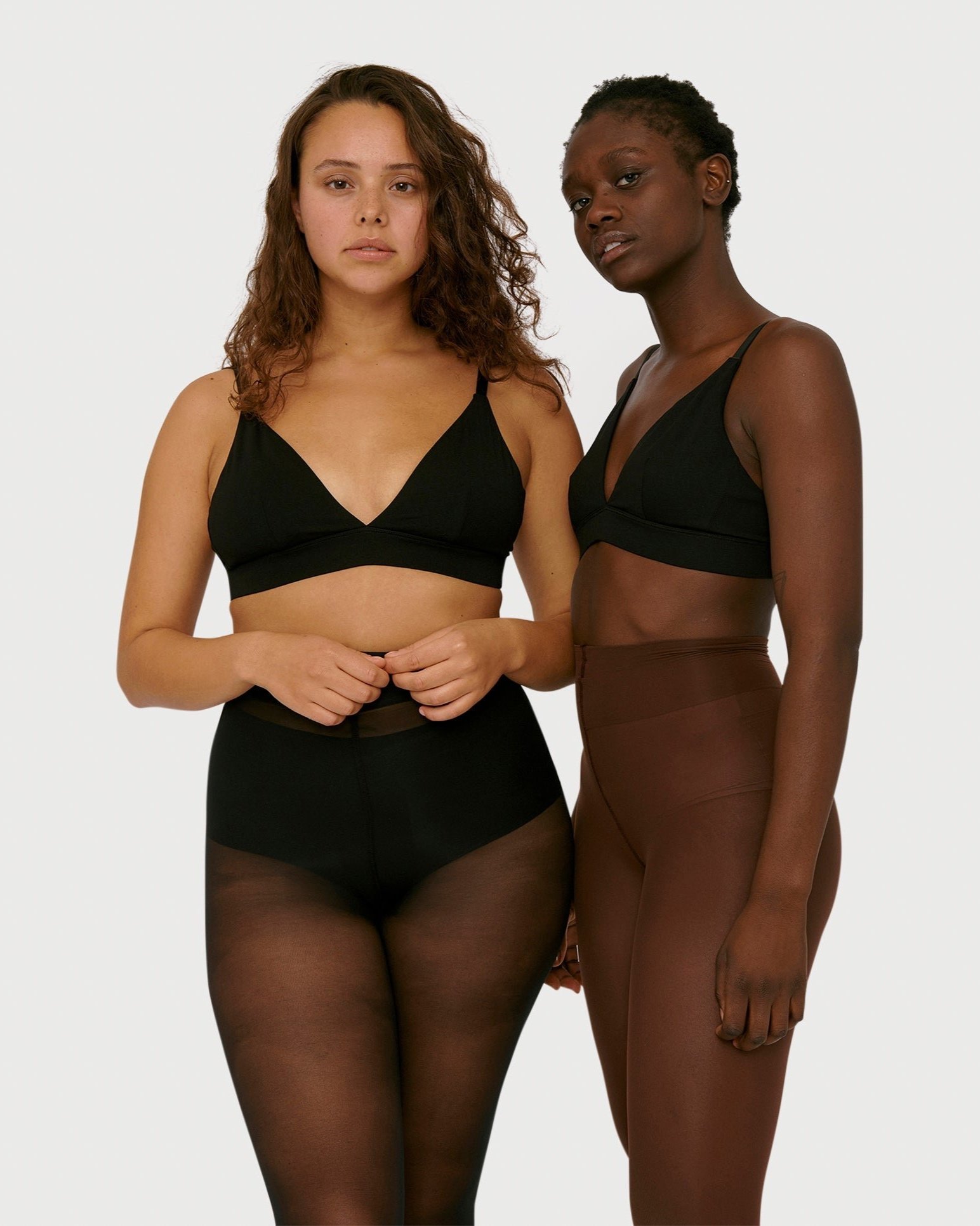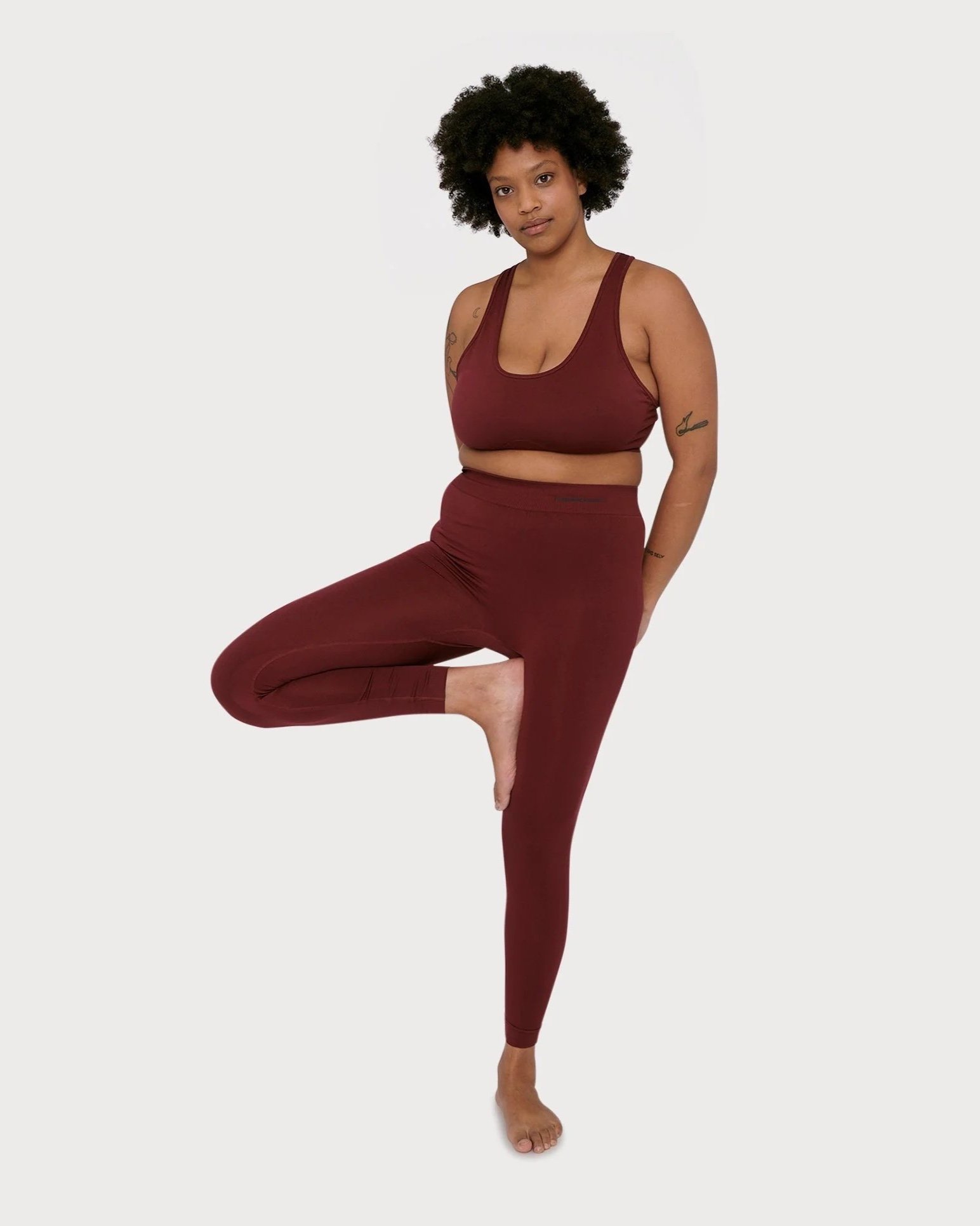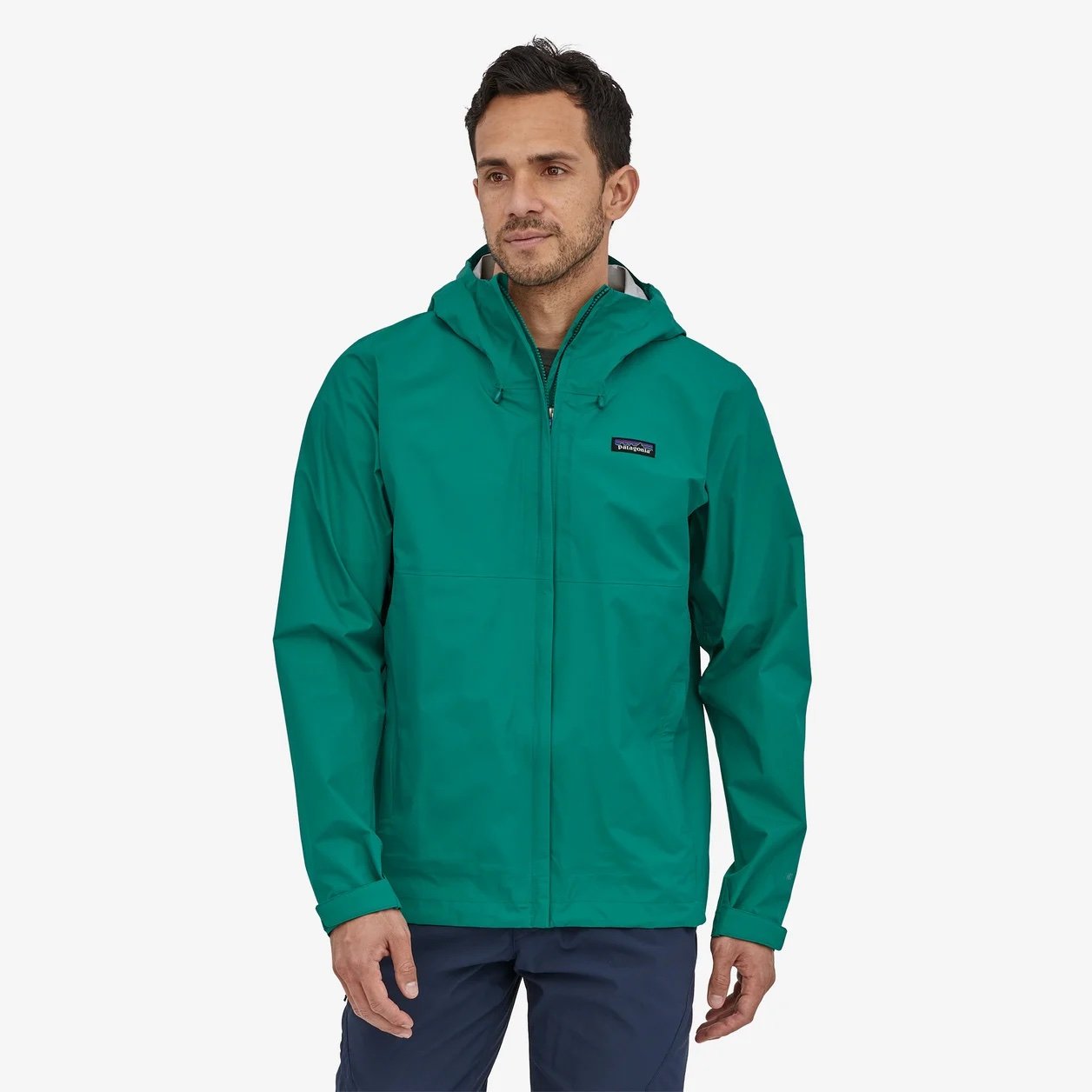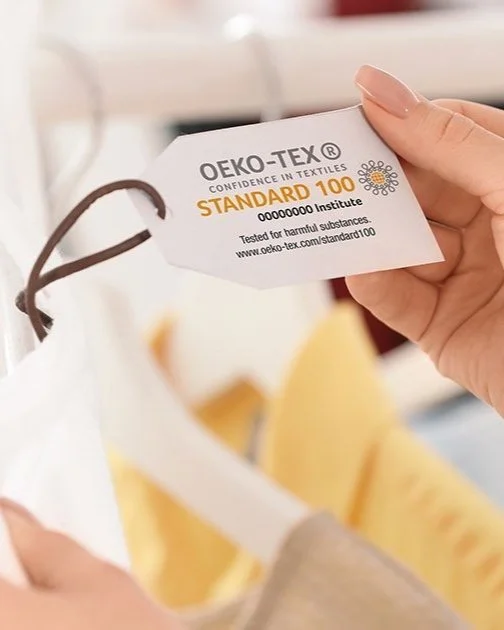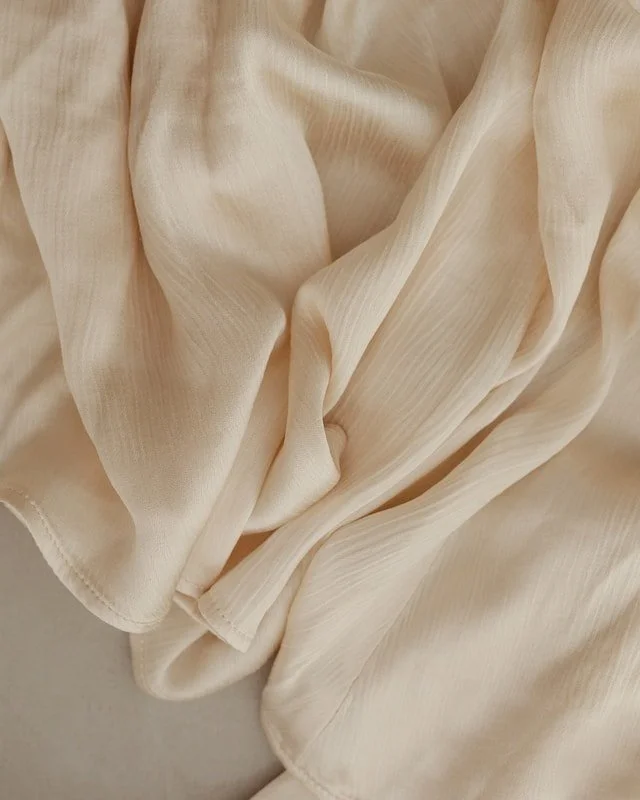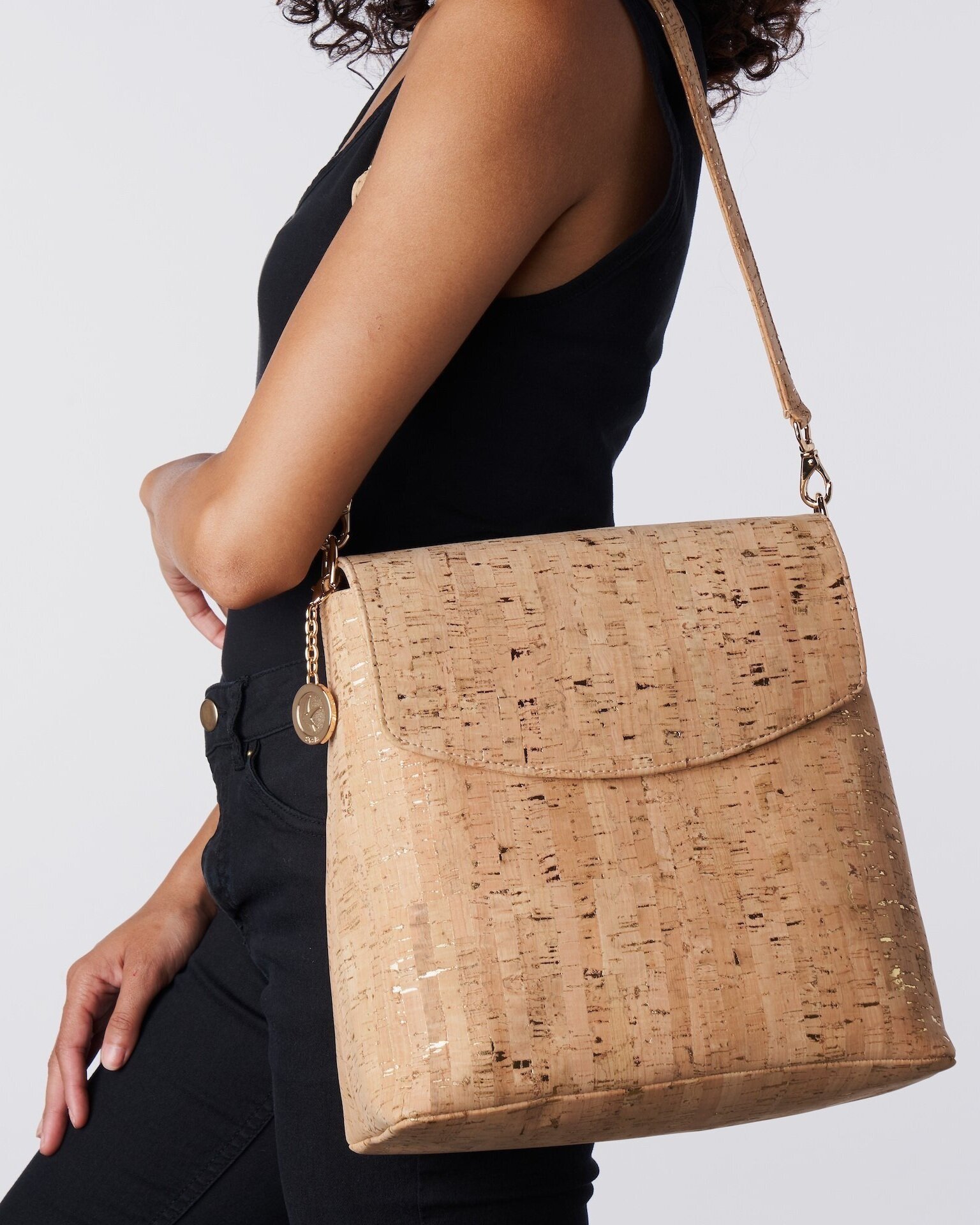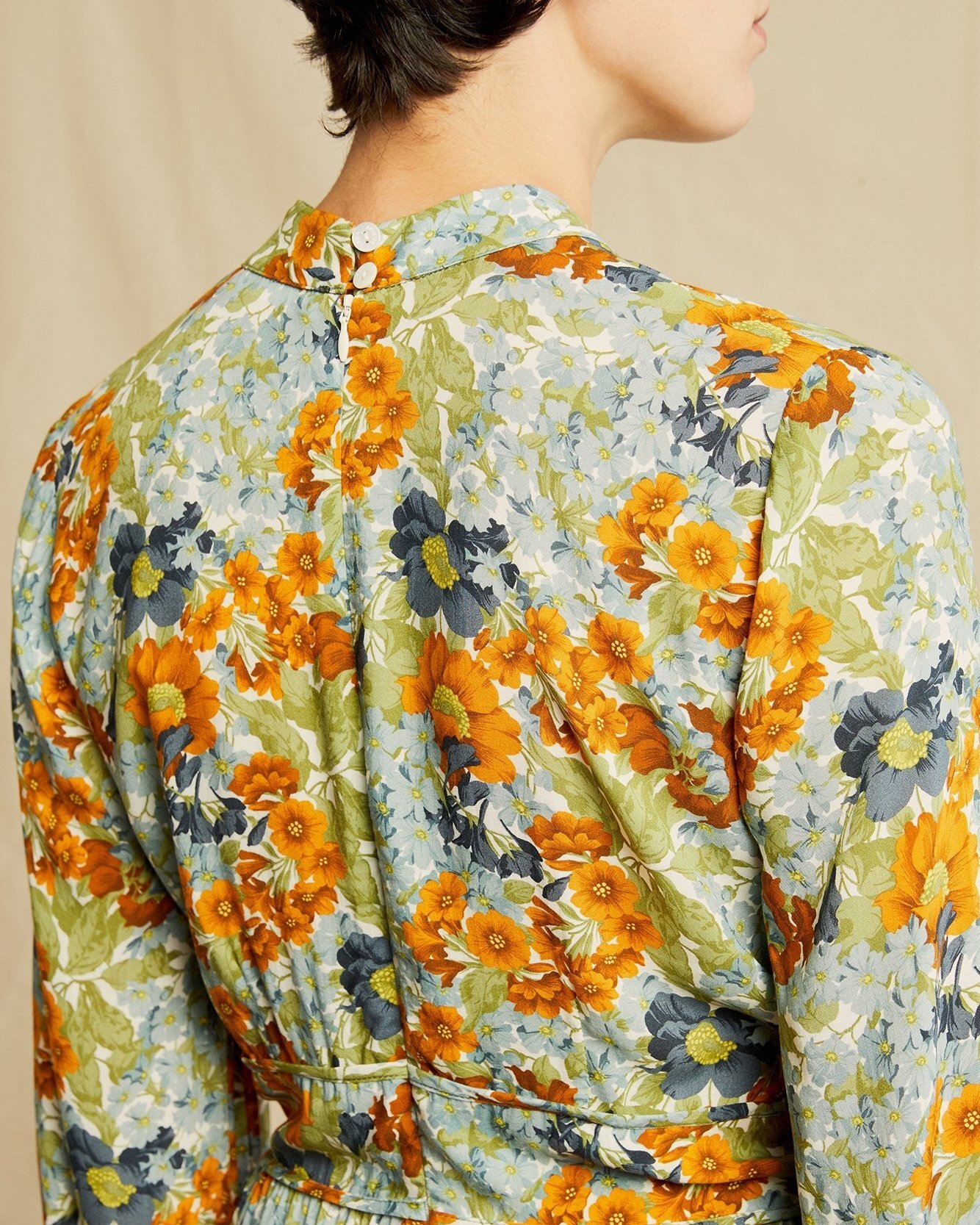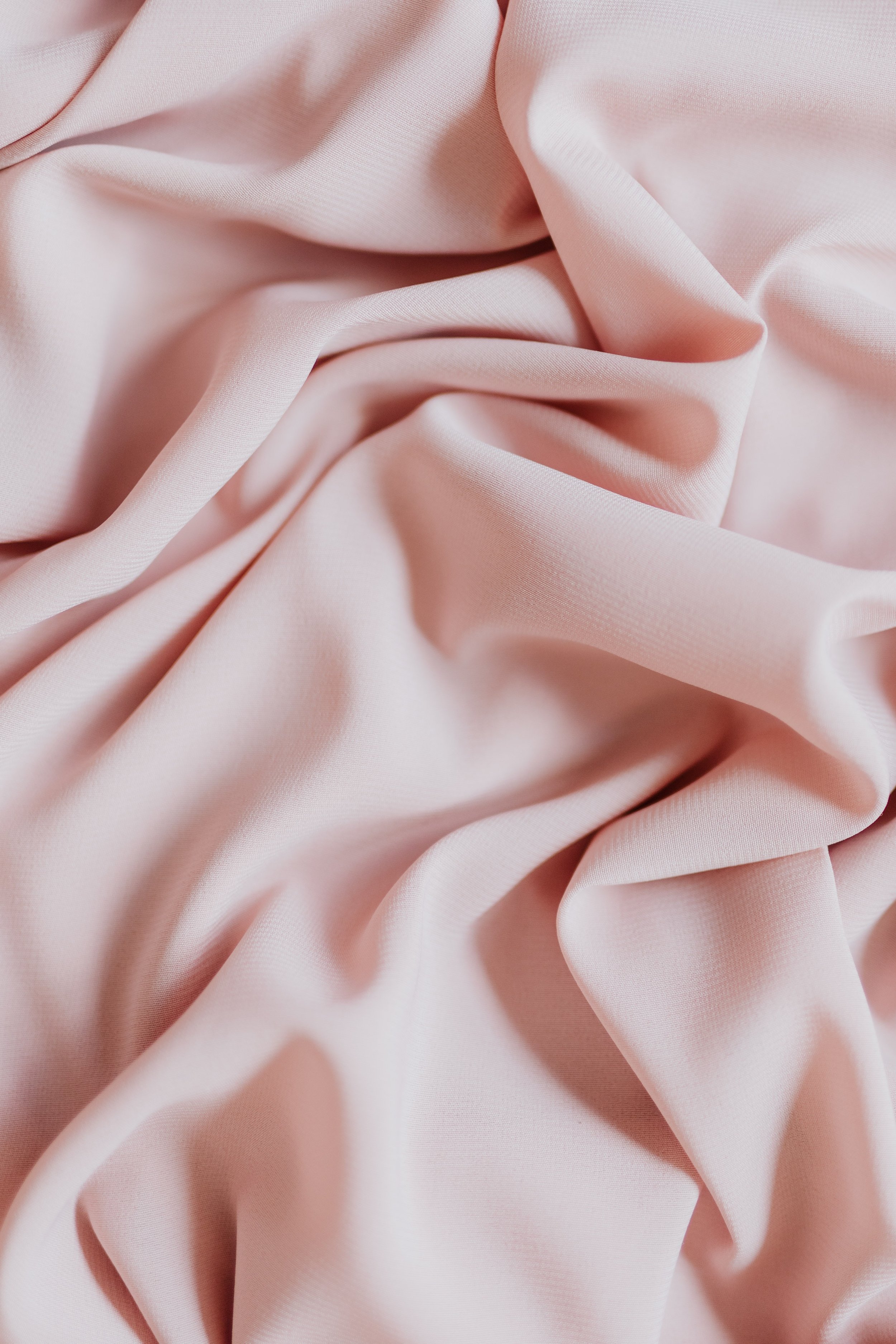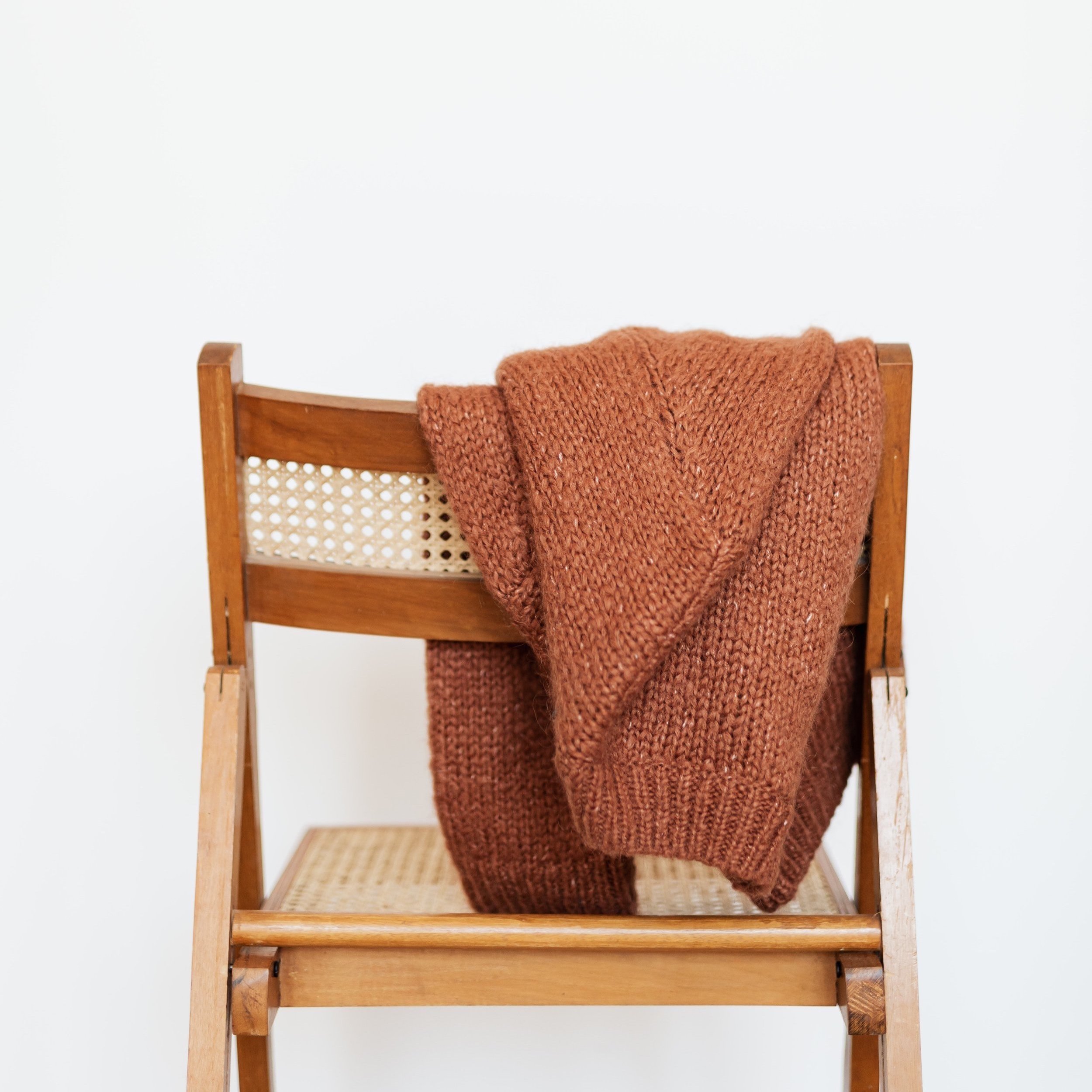Nylon: How Sustainable Is It? (& a list of alternatives to choose instead)
Image: Swedish Stockings
Disclosure: Some of the links below are affiliated; we may earn a small commission if you click through and make a purchase. We only add brands & products we truly believe in! Thanks for supporting the brands who are working to make the fashion industry a better place!
Is Nylon Sustainable?
Nylon is a synthetic fabric that was discovered only several decades ago. Since then, it has been widely used in many industries and it has had numerous commercial applications.
This fabric is commonly found in clothing because of its specific characteristics. However, this all comes with a very high environmental impact that we cannot ignore anymore.
Fortunately, some companies have been developing more sustainable alternatives to nylon. This is a big step in the right direction!
Here is an extensive guide on what nylon is, why it is detrimental to our environment, and what alternatives exist to replace it.
Image: Organic Basics
What is nylon?
Nylon (or polyamide) is a synthetic polymer, a type of plastic that was invented in 1935 by Wallace Carothers, an American chemist working at the chemical manufacturing DuPont company.
The first commercial use of nylon was the nylon-bristled toothbrush created in 1938. However, the main invention that made nylon’s success was women’s stockings, back in 1940.
These quickly became a staple in women’s wardrobes and were considered a great replacement for silk in hosiery.
During World War II, nylon production was diverted to produce parachutes, fuel tanks, ropes, and other military equipment.
Nylon is now widely used in the fashion industry to make swimsuits, raincoats, tights, socks, and activewear. It represents around 12% of all synthetic fibers produced worldwide.
This material is also used in other industrial sectors such as automotive and aeronautics, as well as in the production of packaging and various household items.
How is nylon produced?
There are different types of nylons. But the most common one is called nylon 6,6 (because each of the two starting molecules has 6 carbon atoms).
To produce nylon 6,6, we need to combine two molecules we can find in petroleum: adipic acid and hexamethylenediamine.
These molecules are heated and once they reach a certain temperature and pressure, they fuse releasing water and creating a big polymer molecule. This process is called condensation polymerization.
The final polymer is nylon 6,6. Other types of nylon can be produced if we combine different starting molecules, but the process remains the same.
In the end, we are left with a long ribbon of nylon, which is then cut into small bits. Those nylon bits can later be molded into whatever item or clothing piece we want to produce.
For instance, to make clothes, the small nylon bits are melted, drawn through a spinneret, and loaded onto a spool. This creates nylon fibers that, after being stretched, are spun into a yarn we can use to create nylon clothes.
Image: Organic Basics
Why is nylon so popular?
Nylon has been widely popular in the production of a variety of household and clothing items for decades now. There are different reasons for that.
One of the main benefits of nylon is that it is strong and durable, which makes it more resistant to wear and tear.
Thanks to their low absorbency, nylon clothes dry faster than natural fabrics like cotton, and it doesn’t need ironing. It is also waterproof, which makes it suitable to produce raincoats or umbrellas.
Nylon is stretchy and elastic, so it's a great candidate material to create activewear.
This material also takes dye well, which is a bonus for the fashion industry.
All those characteristics of nylon offer a large spectrum of possibilities when it comes to its commercial applications. That’s why it is widely used these days!
Why you should not buy nylon
Despite these advantages, there are drawbacks to this material that we cannot ignore.
Nylon is very durable, so we might think that we should be able to wear nylon clothes for years without needing to discard them.
However, in the last decades, fashion manufacturers have been focusing more on profits and less on quality. This means that nylon clothes are often very cheaply made.
For instance, it is frequent to buy nylon tights and get runs in them after only one use. This contributes to the global waste problem we have on our planet.
The main issue with that is that this material is not biodegradable: it cannot be naturally broken down by microorganisms and in a way that is not harmful to the environment.
Scientists estimate that nylon takes between 30 and 40 years to decompose. During that time, wildlife risks eating nylon bits or getting trapped in nylon fishing nets, one of the biggest sources of ocean pollution.
We also have to mention the millions of microplastics shed by nylon clothing when washed in our washing machines, which end up in the oceans.
In total, nylon accounts for 10% of the debris in the oceans!
Another problem is that nylon is derived from petroleum, which is a non-renewable energy. Creating things out of nylon thus contributes to the depletion of Earth’s natural resources. Not to mention, the oil industry is one of the most destructive and polluting ones for our planet!
In addition to being a lot more energy-intensive than cotton production, producing nylon emits high carbon dioxide and nitrous oxide levels. The latter is a greenhouse gas that is 310 times more potent than carbon dioxide, contributing even more to global warming.
Nylon clothing is also heavily treated with harmful chemicals, synthetic dyes, and bleaching agents. They contribute to water pollution as they’re often released in water streams. These toxic chemicals are also linked to increased risks of skin allergies, immune system issues, and cancer.
To top it all, clothes made of nylon aren’t breathable. So wearing them, especially during a workout, creates a breeding ground for bacteria to grow as sweat is trapped against the skin. This is not ideal in terms of hygiene and could lead to skin issues!
How to reduce nylon’s negative impact
We saw why nylon clothes, as any item made of nylon, are detrimental to the environment. However, if you already own things in this material, the most eco-friendly thing you can do is to extend their life as much as possible.
It is important to take care of your nylon clothing so that it doesn’t end up in a landfill too soon, or worse, in the ocean, when it could have been avoided.
Always wash your nylon clothing at low temperatures with a gentle cycle. And remember to put them in a bag that will prevent microplastics from being released into the water. A Guppy Bag is great for that; I highly recommend it!
After you wash your nylon clothes, consider air-drying them if you can. Doing so will help them keep their best shape in the long run!
I also don’t think that it is necessary to iron nylon clothing. They don’t wrinkle easily, and the fabric risks melting with the heat.
Image: Patagonia
sustainable alternatives to nylon
If you’re on the lookout for a new piece of clothing, think twice about picking something made of nylon. The fabric has some positive characteristics, but I find that its footprint on the environment far outweighs them.
The best thing you can do is to choose a natural fabric, like linen or hemp. But at times, synthetic materials are more suitable for what we’re looking for. For instance, you might find activewear or swimsuits to be more practical when made of synthetic fiber.
When that is the case, consider picking a more eco-friendly version of nylon.
1. Recycled Nylon
A great alternative to nylon is recycled nylon!
Since we are reusing used nylon and turning it into new material, we are reducing our demand for new nylon to be produced. This reduces our need for more oil to be extracted from the Earth.
As it is often created from old fishing nets that are abandoned in the ocean, choosing recycled nylon also means that we are diverting existing nylon from going to the ocean or landfills. It reduces the overall footprint of the “new” item.
The main downside, however, is that recycled nylon is still plastic, so it’s not biodegradable. This means that microplastics are still being released in water streams, ending in our oceans. That’s why you need to take proper care of recycled nylon and use a Guppy Bag when washing it.
There are several types of recycled nylon, depending on how they are made, including the following two.
Econyl
Econyl is a 100% recycled and recyclable fiber and is the most common type of recycled nylon we can find. It is made from pre-consumer (fabric scraps) and post-consumer waste (fishing nets, old carpets...). Econyl received certification from Oeko-Tex Standard 100. It guarantees that the material does not contain any harmful products to our health.
Many sustainable brands use Econyl to create recycled nylon clothing, including Patagonia & Peony (pictured here).
Ecorib
EcoRib is a stretch-ribbed fabric made from nylon fiber scraps.
It is lightweight and breathable.
The brand Vitamin A creates a variety of swimsuits in EcoRib as well as in EcoLux material, another type of recycled nylon.
Since most swimsuits are made from synthetic materials, EcoRib is a more sustainable option to try next time you need new swimwear!
Also, when thinking of the word nylon, stockings may first come to mind. There are two great brands making tights out of recycled nylon: Swedish Stockings & Organic Basics
2. Biodegradable Nylon
Another more sustainable alternative to nylon is biodegradable nylon.
The main benefit of biodegradable nylon is that, unlike recycled nylon, it decomposes naturally under certain environmental conditions. So it doesn’t stay in nature for decades or hundreds of years.
There are two types of biodegradable nylon: bio-nylon and biodegradable synthetic nylon.
Bio-nylon
Bio-nylon is the most common one.
It is a material that is made from plant-based renewable ingredients, such as sugarcane or cornstarch.
As bio-nylon is made from plants, there is no plastic in the final product. So there is no risk to shed microplastics in water streams.
Producing bio-nylon also doesn’t contribute to increasing the demand for crude oil. And as mentioned above, it’s biodegradable under the right environmental conditions.
A great example of a bio-nylon is EVO by the company Fulgar. This fabric is derived from castor oil, a renewable resource that isn’t very water-intensive.
EVO fabric is lighter than most synthetic materials and has a high elasticity. It also dries twice as quickly as conventional nylon and is thermo-insulated.
Another plant-based nylon is BioSculpt fabric. It is produced with plant-based fiber created from castor beans. Again, the brand Vitamin A (pictured above) creates some of its swimsuits in BioSculpt material.
Image: Bold Swimwear at Made Trade
Biodegradable synthetic nylon: Amni Soul Eco
Amni Soul Eco fabric is a polyamide, a synthetic material like nylon. But the surprising thing is that it’s biodegradable!
This fabric biodegrades in 5 years when disposed of in a landfill, which is about 10 times quicker than most other synthetic materials. It is breathable, recyclable and Oeko-Tex Standard 100 certified.
However, a big downside to the Amni Soul Eco fabric is that, since it is polyamide, it is made from crude oil. And the problem of shedding microplastics in water streams while washing it remains, so it can be a threat to the environment.
But it’s still a more eco-friendly alternative to conventional nylon!
Conclusion
While nylon has certain characteristics that make it more suitable for specific purposes, we cannot ignore the negative impacts its widespread use has on the Earth and ecosystems.
It is important to choose more sustainable materials and create a demand for alternative fabrics to help save our planet.
Supporting businesses and brands that are paving the way towards a more sustainable fashion industry is key in making a difference!
Meet the Author:
Eva Astoul is a French freelance writer, specializing in content related to sustainability, simple living, and a growth-focused healthy lifestyle.
She runs her own blog, Green With Less, to inspire people to live a more minimalist and sustainable life.
MAKE SURE TO PIN THE PHOTO BELOW TO SAVE THIS POST FOR LATER!
WANT MORE SUSTAINABLE BRANDS? VISIT OUR BRAND DIRECTORY!
Our Brand Directory is home to hundreds of sustainable brands, from makeup to cleaning supplies, from underwear to shoes. We have broken everything down by category for easy shopping, along with discount codes unique to Sustainably Chic viewers.


